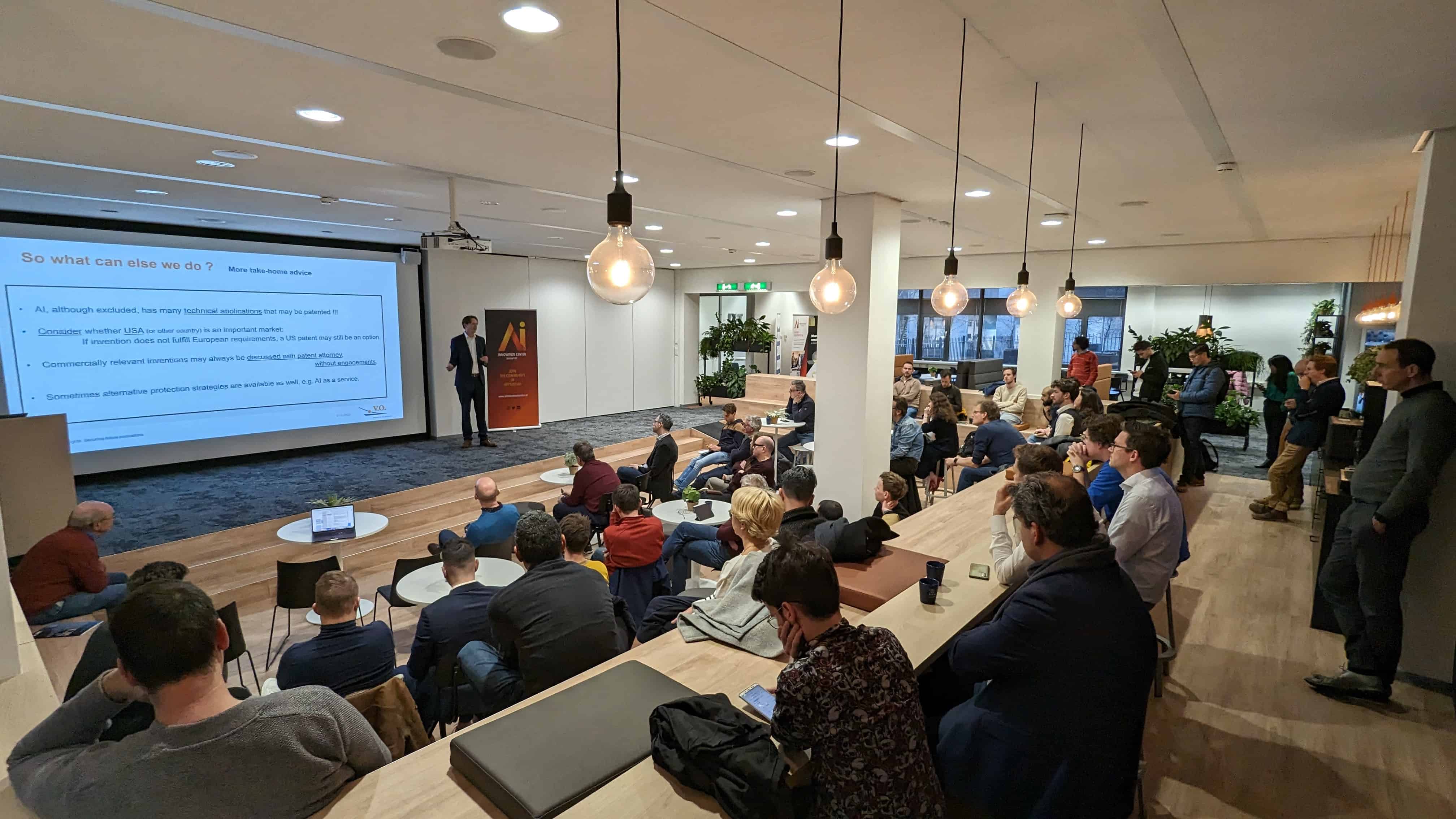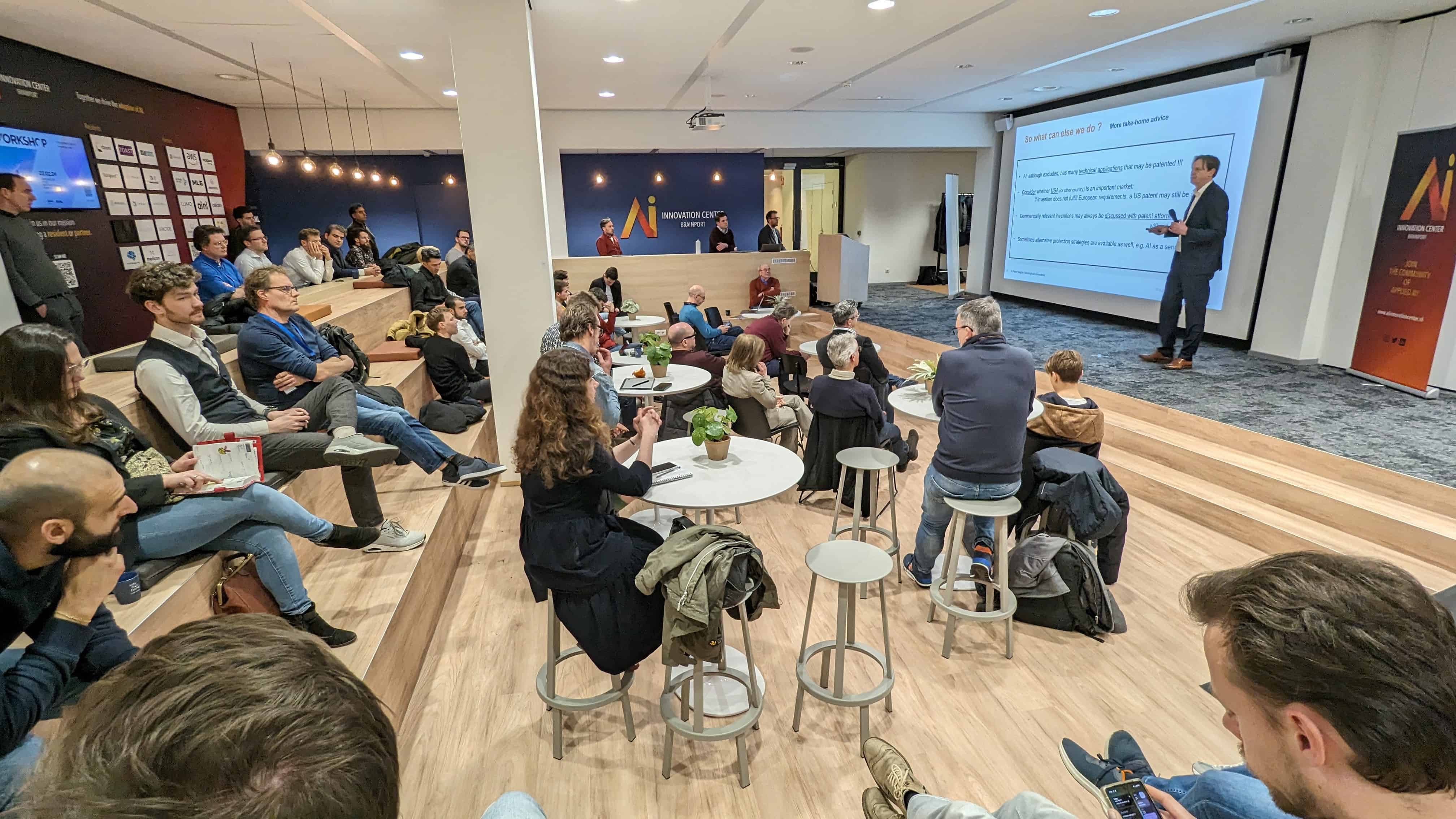
I am often surprised that – when talking about patents – it’s mainly about creating monopolies and keeping that knowledge to yourself. Sharing knowledge and inventions is presented as the antithesis of patenting, yet it isn’t in practice. Patent applications are publicized free of charge by the government, which means that knowledge is open to the public. In many cases, patent applications are also filed precisely to make it easier to innovate collaboratively.
Innovation is not something you do on your own
Practically all innovations are brought to fruition by working together with other companies. Smaller companies in particular often need to collaborate quite a bit. Innovating together, however, is a path marred by pitfalls. You tend to have to share your knowledge with others that you would normally prefer to keep secret. As a consequence, you may inadvertentedly create new competitors if a partnership falls apart. But if you refuse to share your knowledge, you hamper close collaboration and create a sense of distrust as well, which in turn increases the likelihood of failure.
Contract or patent
You can avoid distrust in part by first making sound contractual agreements with regard to confidentiality, goals, roles, input, and the rights to the result of the partnership. This is achievable as long as the number of partners is fairly limited, all partners have an interest in the development becoming successful and there are not too many setbacks along the way. But before the number of cooperation partners expands, or you have to work with unknown parties, it is important to find out what is patent-worthy. At least before you start sharing knowledge with them. If you have already filed a patent application at that stage, then it will be far easier to share knowledge.
Sorting system for recycling
I shall illustrate this with an example. Some time ago, I spoke to a young company that had come up with an innovative sorting technique. They planned to adjust this new technique so that it could be used in recycling systems, which they would work on together with a multinational who were global operators in recycling. The young company needed the multinational for funding in order to get their innovation onto the market and in turn, the multinational would be able to bring an interesting innovation on board. It seemed like a great deal for the young innovative company. However, they had not yet patented any of their sorting techniques and wanted to arrange everything with contracts instead. Part of the deal had only been agreed in word and not through written contracts.
The collaboration subsequently yielded all kinds of patentable inventions about adjustments to the sorting technique which made it even more suitable for recycling. Because these inventions came out of the collaboration, the multinational claimed part-ownership of the patent applications, so that it could prevent its competitors from copying the technique.
Shared ownership
This kind of shared ownership creates a very complex situation. For example: precisely what is being patented? Should it specifically concern the recycling application (in the interest of the recycling company), or should an separate application be filed (in the interest of the young company)? Does the patent have to be applied for in the countries where the recycling company’s competitors are active (interest of the recycling company) or in the countries where the sorting technique may attract interest (in the interest of the young company). Consequently, all kinds of strategic choices will have to be made over the next 20 years (= maximum duration of the patent).
The odds are not really high that the young company and the multinational will have the same business interests with regard to these choices over the next 20 years. It would have been better if the young company had already applied for a patent for the sorting technique before starting their collaboration. They would have had a much stronger negotiating position then. Plus, they would have been able to share that knowledge safely without the fear that the mulitinational would end up owning 50% of their sorting technology. Regrettably, it is no longer possible to walk that back.
Stronger
If you had already filed a patent, you are in a much stronger position when it comes to innovating with other parties. Moreover, sharing knowledge is less risky than when you try to arrange everything solely on the basis of contracts. After all, contracts only apply to parties who have actually signed them. Whereas patents apply to everyone. A cooperation partner may at some point decide not to respect the contract. Then go and try to prove exactly what they should have kept confidential according to the contract. Or try to claim for any ensuing damage. If you have already filed a patent application, you will be much stronger if that ever happens. Even if it’s just a matter of threatening to sell the patent application on to your opponent’s main rival.
Plenty of people will argue that patent applications are more expensive than contracts. Unfortunately, this is true. But if sharing knowledge does turn out to be less risky, the chances for successful collaboration are much greater. On top of that, patent applications add more value to your business than contracts do. They make your company more attractive to financiers and they can be traded. Once they have been granted, you can earn a lot of money from them by licensing them off.
When all is said and done, submitting a patent application prior to a collaboration does help facilitate the sharing of knowledge.
About this column
In a weekly column, alternately written by Hans Helsloot, Eveline van Zeeland, Jan Wouters, Katleen Gabriels, Mary Fiers, Peter de Kock, Tessie Hartjes and Auke Hoekstra, Innovation Origins tries to find out what the future will look like. These columnists, occasionally supplemented with guest bloggers, are all working in their own way on solutions for the problems of our time. So tomorrow will be good. Here are all the previous IO articles in this series.








